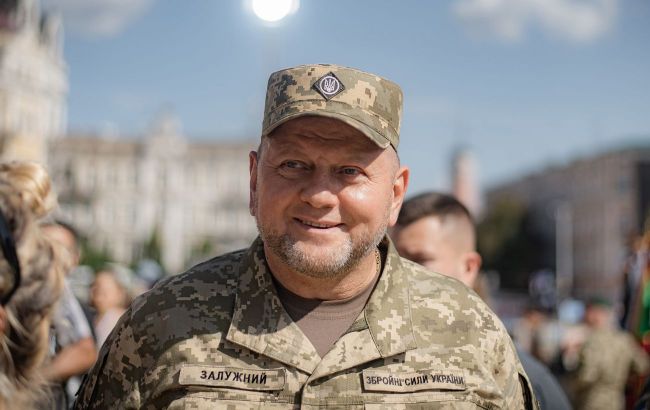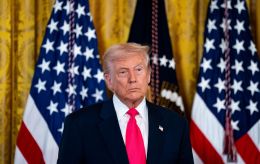War enters new phase: Commander-in-Chief of Armed Forces of Ukraine names five priorities
 Commander-in-Chief of the Armed Forces of Ukraine, General, Valerii Zaluzhnyi (photo: Getty Images)
Commander-in-Chief of the Armed Forces of Ukraine, General, Valerii Zaluzhnyi (photo: Getty Images)
The war in Ukraine is currently transitioning into a new phase. Military officials are referring to it as positional warfare involving static and grueling battles, states Commander-in-Chief of the Armed Forces of Ukraine, General Valerii Zaluzhnyi in a column for The Economist.
According to Zaluzhnyi, the new phase of positional warfare involves static and grueling battles, unlike the previous maneuvering warfare characterized by movement and speed. The Commander-in-Chief believes that this shift may favor Russia and allow it to rebuild its military strength.
"The war is now moving to a new stage: what we in the military call positional warfare of static and attritional fighting, as in the first world war, in contrast to the manoeuvre warfare of movement and speed. This will benefit Russia, allowing it to rebuild its military power," he writes.
Possible ways
According to Zaluzhnyi, to win the war, the main weaponry required includes missiles and projectiles.
"But Ukraine’s armed forces need key military capabilities and technologies to break out of this kind of war. The most important one is air power. Control of the skies is essential to large-scale ground operations. At the start of the war, we had 120 warplanes. Of these, only one-third were usable," Zaluzhnyi writes.
An important advantage in the war is drones. The significant number of drones gives the Russian army an advantage and slows down the Ukrainian counteroffensive. Russian drones have assumed a significant portion of the role of manned aviation in reconnaissance and airstrikes.
First priority - drones
Ukraine needs to carry out mass attacks using decoys and strike drones. This will help overload the Russian air defense systems.
"We need to hunt down Russian drones using our own hunter drones equipped with nets. We must use signal-emitting decoys to attract Russian glide bombs. And we need to blind Russian drones’ thermal cameras at night using stroboscopes," writes the Commander-in-Chief.
Second priority
Electronic warfare and signal jamming are crucial for countering enemy drones.
Over the past decade, Russia has modernized its electronic warfare capabilities and created a new branch of the military, introducing 60 new types of equipment.
"It outdoes us in this area: 65% of our jamming platforms at the start of the war were produced in Soviet times," says the Commander-in-Chief.
Third priority
Counter-battery fire and the destruction of enemy artillery in this war, as in most past wars, constitute 60-80% of all military tasks.
"When we first received Western guns last year, we were quite successful at locating and striking Russian artillery. But the effectiveness of weapons such as Excalibur, a gps-guided American shell, has declined dramatically owing to improved Russian electronic warfare," writes Zaluzhnyi.
Fourth priority
Ukraine needs to improve its demining technology. At the beginning of the war in Ukraine, there was limited and outdated demining equipment. However, even Western supplies of demining devices proved insufficient given the scale of Russian minefields in Ukraine.
"Technology is the answer. We need radar-like sensors that use invisible pulses of light to detect mines in the ground and smoke-projection systems to conceal the activities of our de-mining units," he believes.
Fifth priority
Building up Ukraine's reserves. Putin couldn't achieve a quick victory in the war against Ukraine due to the fear of declaring a general mobilization, which could provoke a political crisis. Ukraine's ability to prepare reserves on its territory is also limited. We cannot easily spare soldiers being sent to the front. Additionally, Russia could strike training centers. Moreover, there are gaps in our legislation that allow citizens to evade their duties.
"A positional war is a prolonged one that carries enormous risks to Ukraine’s armed forces and to its state. If Ukraine is to escape from that trap, we will need all these things: air superiority, much-improved electronic-warfare and counter-battery capabilities, new mine-breaching technology and the ability to mobilize and train more reserves," emphasized Zaluzhnyi.

